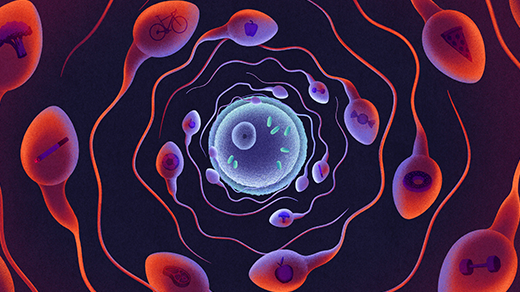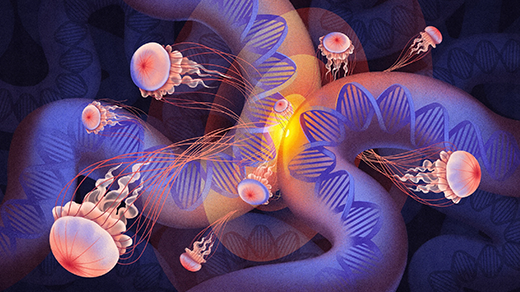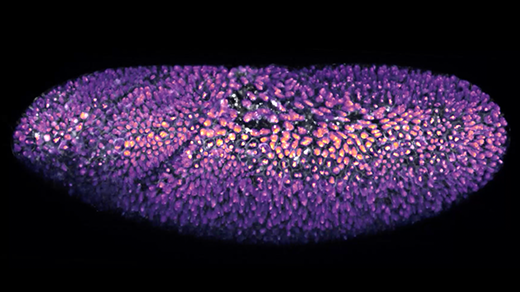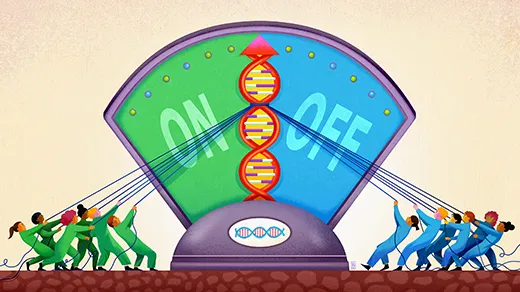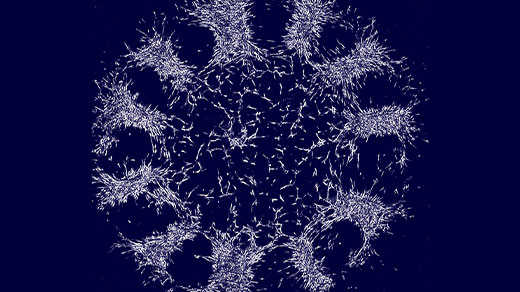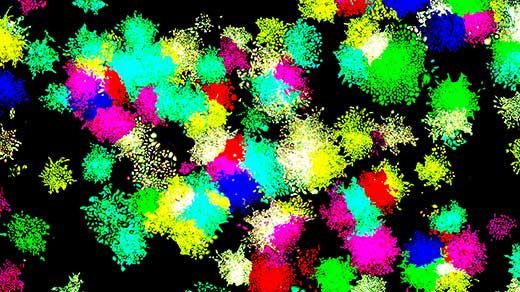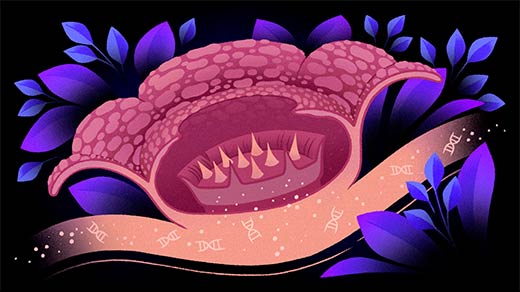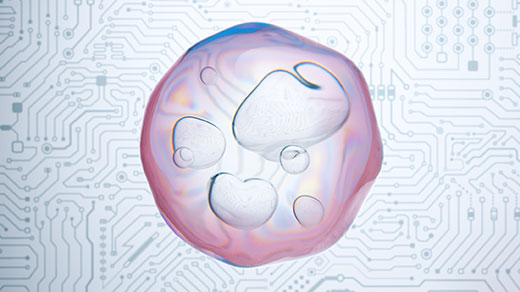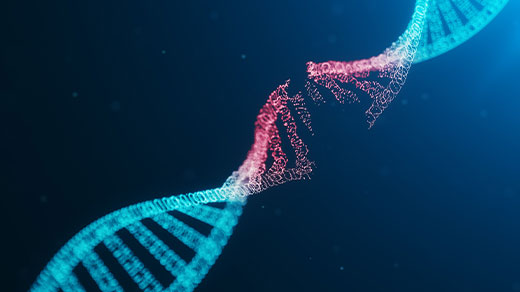What's up in
Gene regulation
Latest Articles
How Dad’s Fitness May Be Packaged and Passed Down in Sperm RNA
Research into how a father’s choices — such as diet, exercise, stress, nicotine use — may transfer traits to his children has become impossible to ignore.
Loops of DNA Equipped Ancient Life To Become Complex
New work shows that physical folding of the genome to control genes located far away may have been an early evolutionary development.
How Metabolism Can Shape Cells’ Destinies
A growing body of work suggests that cell metabolism — the chemical reactions that provide energy and building materials — plays a vital, overlooked role in the first steps of life.
A ‘Lobby’ Where a Molecule Mob Tells Genes What to Do
Highly repetitive regions of junk DNA may be the key to a newly discovered mechanism for gene regulation.
Embryo Cells Set Patterns for Growth by Pushing and Pulling
Patterns that guide the development of feathers and other features can be set by mechanical forces in the embryo, not just by gradients of chemicals.
Simple Gene Circuits Hint at How Stem Cells Find New Identities
Synthetic biology experiments suggest a “MultiFate” model for how genetically identical cells become the many different types found in complex organisms like us.
The Year in Biology
The detailed understanding of brains and multicellular bodies reached new heights this year, while the genomes of the COVID-19 virus and various organisms yielded more surprises.
Biologists Rethink the Logic Behind Cells’ Molecular Signals
The molecular signaling systems of complex cells are nothing like simple electronic circuits. The logic governing their operation is riotously complex — but it has advantages.
To Learn More Quickly, Brain Cells Break Their DNA
New work shows that neurons and other brain cells use DNA double-strand breaks, often associated with cancer, neurodegeneration and aging, to quickly express genes related to learning and memory.
